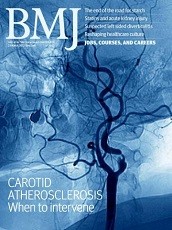E Allan, Phyllis Taylor, Kirsten Walker, MS Fisher, John Nixon, GR Spencer

Extract
It is reported that over 90,000 pregnancies in Britain are now terminated annually and this must place a considerable extra burden on the already overstretched resources of the N.H.S., resulting in even longer delays for those women needing other forms of gynaecological surgery. Some young hospital doctors and nurses who wish to gain experience in the field of obstetrics and gynaecology are discouraged from doing so by the pressures which would inevitably be put upon them to assist at, or perform, abortions.
Allan E, Taylor P, Walker K, Fisher M, Nixon J, Spencer G. (Correspondence) Working of the Abortion Act. Br Med J. 1971;305.
